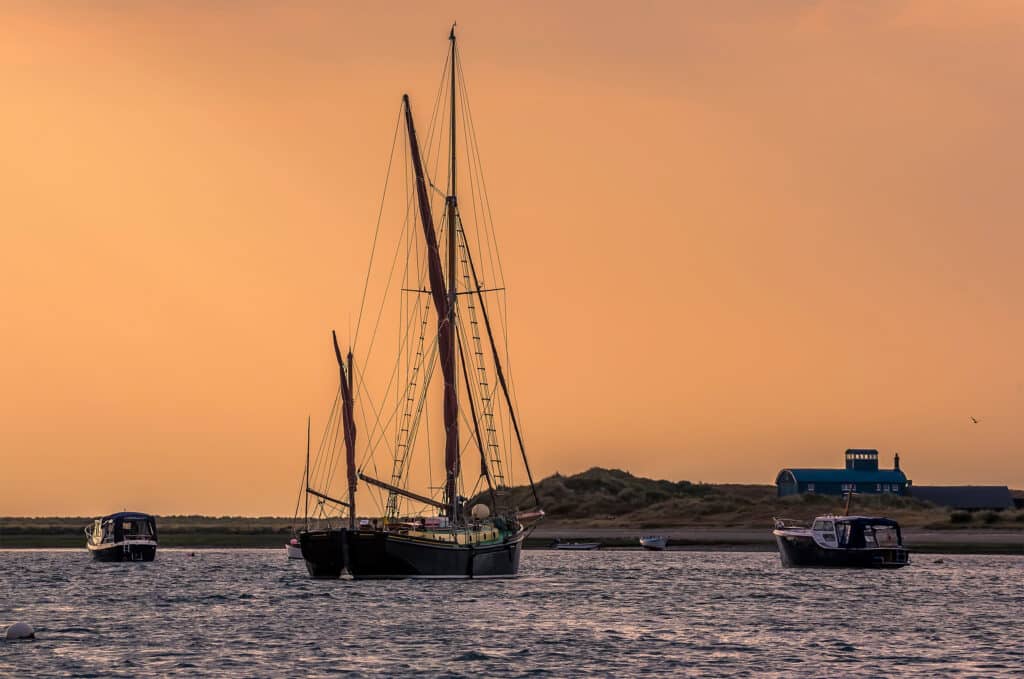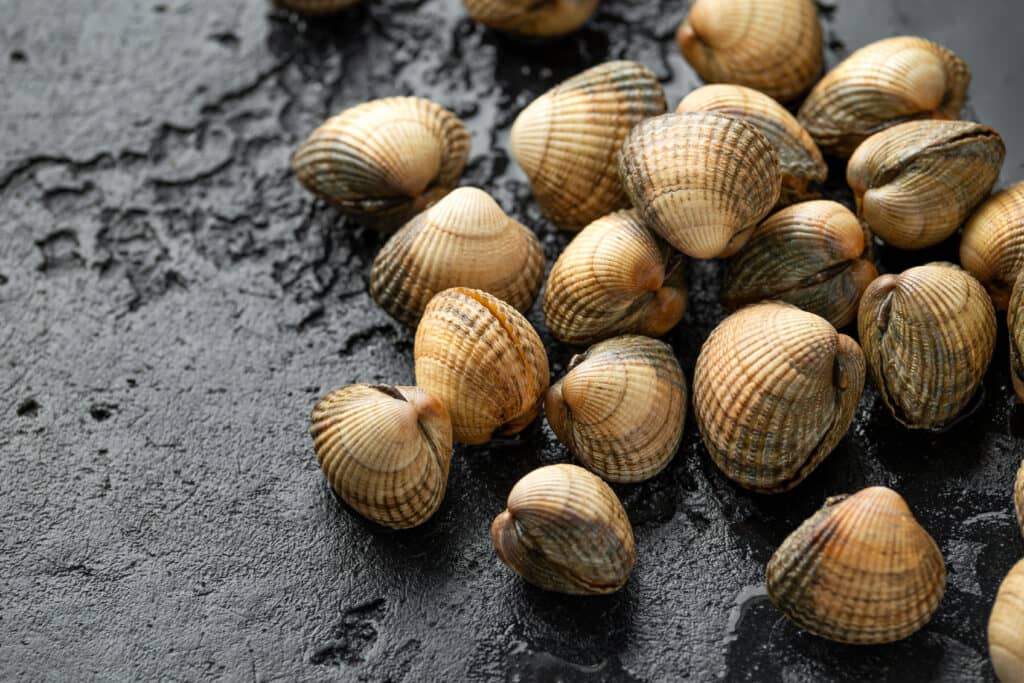The Wash is teeming with life. As well as birds and fish, there are crabs, worms, starfish and cockles. Extensive year round work keeps this rich ecosystem protected whilst assuring sustainable development for local livelihoods which depend on the bay, such as the Cocklers.
At low tide Cocklers, who must hold a licence, can be spotted navigating the exposed tidal flats searching for salt-water crustaceans hiding just beneath the mud. Cockles have been harvested here for centuries, most abundant between September and April. Harvesters know the tides well, essential in this treacherous landscape where lack of local knowledge has proved fatal when the sea rushes in.
Watching from the safety of the shoreline you’ll spot solitary figures on their steady methodical journey across the vast expanse of shimmering, rippled mud. A single set of footprints interspersed with mounds of mud marks a Cocklers trail across the Wash lands. The low winter sun highlights each water-sculpted ridge, blurring into blue haze towards the Lincolnshire coast. It’s a truly mesmerising place.
Tucked into the cockle’s crimped, heart-shaped shell is a sweet morsel of delight. Plenty of local seafood restaurants and fishmongers serve this Norfolk delicacy. Boiled or steamed, they’re often cooked with white wine, garlic and cream. Although perhaps their delicate, salty flavour is best celebrated by keeping it simple, served raw and super fresh, with a little vinegar and buttered brown bread. Delicious!


